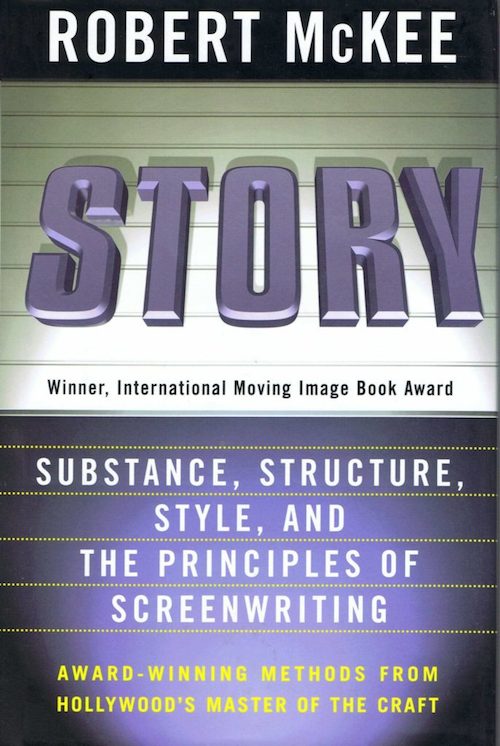
This year’s list of Best Picture nominees feels dispiritingly familiar. “Top Gun: Maverick” and “Avatar: The Way of Water” are two colossally budgeted sequels written to internationally crowd-pleasing Hollywood specifications. And, though the non-sequel “Everything Everywhere All at Once” has been celebrated as a burst of cinematic creativity, its strenuous visual and sociopolitical exertions do not mask its adherence to the storytelling tropes of a superhero picture. No element of its narrative, in other words, would surprise the script guru Robert McKee, whose popular guide to screenwriting, “Story: Substance, Structure, Style, and the Principles of Screenwriting,” was published more than twenty-five years ago.
Among those averse to genre spectacle and Oscar-baiting melodrama, McKee has become a byword for screenwriting structures as cynical and manipulative as they are widely employed. (Akiva Goldsman, a specialist in big-budget adaptations of existing properties—“The Client,” “Batman & Robin,” “The Da Vinci Code”—is probably McKee’s most notable adherent.) When I lived in Los Angeles, it wasn’t unusual to be in a café, surrounded by aspiring screenwriters with laptops running Final Draft, who were obsessing aloud over Inciting Incidents, Turning Points, and Major Dramatic Questions. In “Story,” McKee bestows these concepts (and many more) with capital letters.